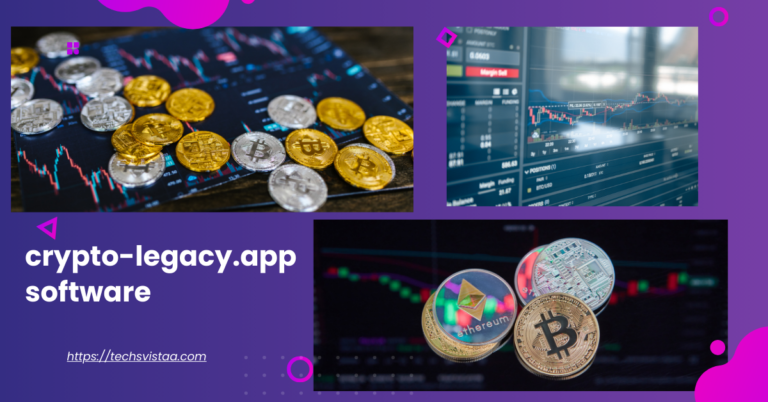Those who want to get into cybersecurity often have questions, concerns, and worries about math. The common question is, is good at math a must for being successful? This article examines the facts of math in cybersecurity and in what forms, real-world examples such as encryption, and how we can adopt required skills that are connected to math if we are new in the field or are looking to move to higher positions.
Introduction to Math in Cybersecurity
Cybersecurity is known to be a thoroughly changing subject that integrates the staff with good knowledge of technology, logical thinking, and analytical problem-solving. Although many roles in the cybersecurity field do not need proficiency in mathematics, studying its basic concepts is nevertheless a way of further supporting your efficiency and career development.
Importance of Math for Cybersecurity Professionals
Math plays a pivotal role in several cybersecurity domains. It’s integral to building algorithms, analyzing data, and solving complex security challenges. At its core, math helps professionals:
- Understand encryption mechanisms.
- Develop algorithms for malware detection.
- Analyze risks using probability and statistics.
Do Entry-Level Cybersecurity Jobs Require Math?
The good news: many entry-level cybersecurity roles don’t demand advanced math skills. Positions like security analysts or SOC analysts often focus on monitoring and reporting, leveraging pre-built tools that handle complex calculations.
What You Need Instead:
- Basic logic and pattern recognition.
- Understanding and utilizing systems such as Security Information and Event Management (SIEM) platforms.
Advanced Roles and Math Proficiency
For advanced positions, math becomes more critical. Roles like cryptographers, security architects, and machine learning engineers require a strong grasp of concepts like linear algebra, calculus, and discrete math.
Applications of Math in Cybersecurity
Mathematics finds its application in diverse areas of cybersecurity, such as:
- Cryptography: Securing communications and data.
- Statistical Analysis: Detecting anomalies and risks.
- Data Science: Enhancing AI-driven security systems.
Cryptography: The Backbone of Cybersecurity
Cryptography is arguably the most math-intensive domain in cybersecurity. It involves:
- RSA Algorithm: Using prime factorization for secure communication.
- Elliptic Curve Cryptography: Ensuring high security with shorter keys.
Example: RSA encryption ensures your data remains protected whenever you make a secure payment online.
Statistical Analysis in Threat Detection
Probability and statistics help cybersecurity professionals identify potential threats and anomalies. Common applications include:
- Intrusion Detection Systems (IDS): Using probability to assess if network activity deviates from normal behavior.
- Risk Assessment: Quantifying the likelihood of potential breaches.
Machine Learning and Math in Cybersecurity
Machine learning (ML) models rely heavily on math to detect patterns in data. Techniques like regression analysis, neural networks, and matrix operations form the backbone of ML algorithms in cybersecurity.
Example: ML-driven systems can predict phishing attacks by analyzing email metadata.
Real-World Examples of Math in Action
Cryptanalysis: Breaking encryption codes using algorithms.
Forensics: Analyzing data patterns to trace cybercriminals.
Risk Management: Modeling potential attack vectors with statistical simulations.
Tools That Minimize Math Dependency
Several tools reduce the need for manual calculations:
- Wireshark: For network packet analysis.
- Splunk: For log analysis and threat detection.
- Kali Linux: For penetration testing.
How to Build Math Skills for Cybersecurity
Free Resources:
- Khan Academy for foundational math.
- Coursera for specialized cybersecurity math courses.
Practical Exercises:
- Learn RSA encryption by writing a simple algorithm.
- Solve real-world probability problems related to intrusion detection.
Common Myths About Math in Cybersecurity
- Myth: You must be exceptionally good at math to excel.
Reality: Many tools automate math-heavy processes. - Myth: “Math is irrelevant in cybersecurity.”
Reality: Foundational math knowledge enhances problem-solving.
Is Math a Barrier to Entry?
Math is not a barrier for most cybersecurity careers. Beginners can start without advanced math knowledge and gradually build skills as needed.
Frequently Asked Questions
Is cybersecurity possible without math?
Yes, many roles rely on tools and don’t require extensive math.
What kind of math is most important?
Discrete math, probability, and algebra are the most relevant.
Can I learn math while working in cybersecurity?
Absolutely. Online resources make learning math accessible.
Is programming more important than math?
Both are important, but programming often takes precedence for entry-level roles.
Does machine learning in cybersecurity demand math?
Machine learning depends significantly on concepts from linear algebra and calculus.
Are there cybersecurity jobs without math?
Yes, roles like security analysts focus on monitoring and reporting rather than math.
Conclusion
Math is an essential tool in cybersecurity, but its importance varies according to different job roles. It is worth noting that, although higher-level positions require extensive mathematical knowledge, some career paths lie in entry-level jobs that emphasize analytical thinking and hands-on experience. Whether you are a brand new employee or a seasoned professional, mathematics is just the very beginning, and you could potentially learn some of the other tools, along with a basic knowledge of math, to pursue further challenges.











